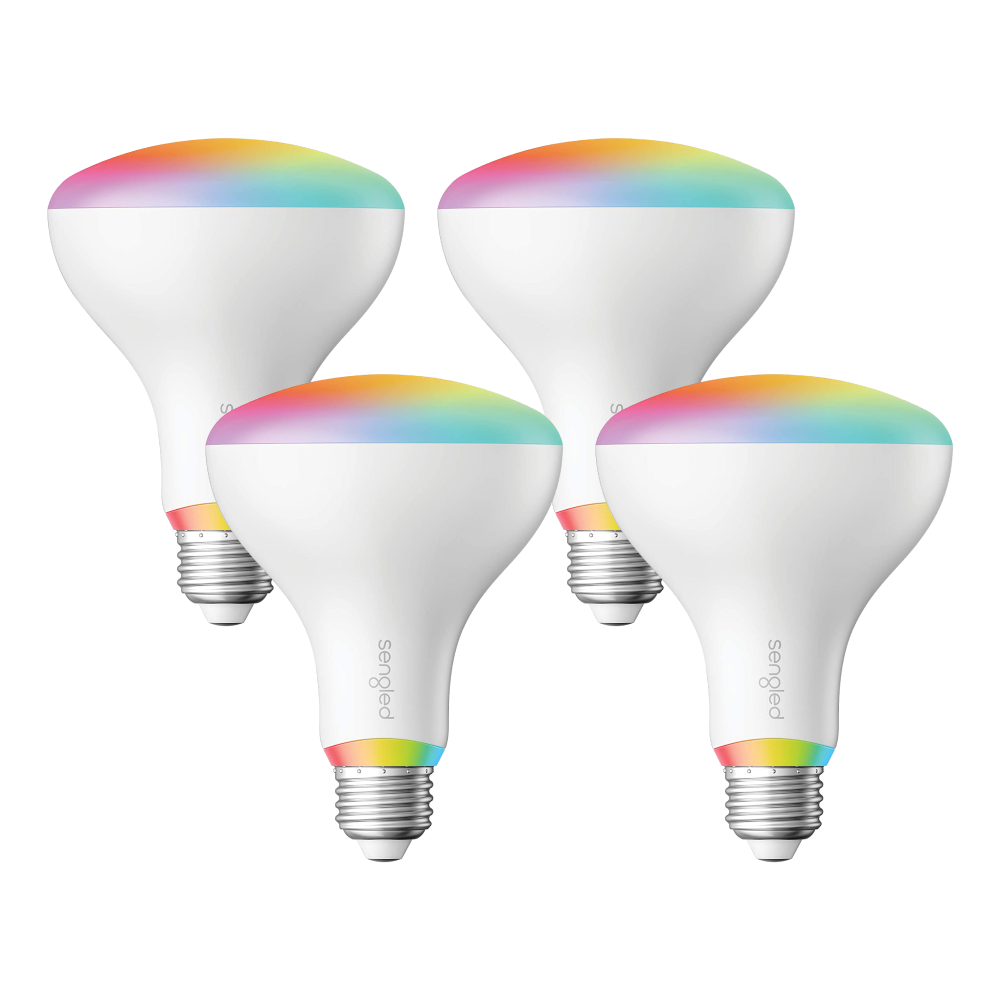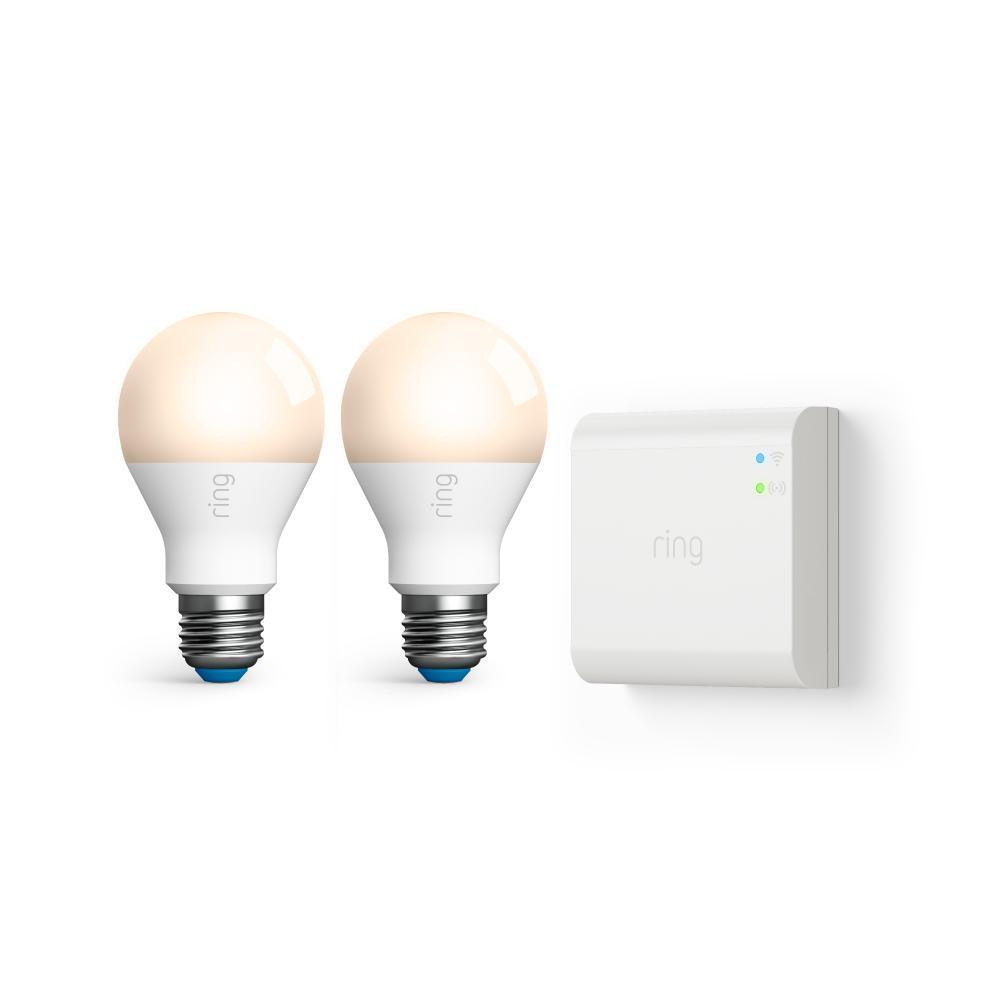What Are Smart Bulbs and How Do They Work With Alexa?
Smart bulbs are advanced light bulbs that offer wireless connectivity and can be controlled remotely. When it comes to Alexa, smart bulbs that work with this intelligent assistant allow you to manage lighting through voice commands. By connecting smart bulbs to Alexa, you transform your lighting system into a voice-activated experience. Here’s how it works:
- Wireless Connectivity: Smart bulbs connect to your home Wi-Fi network or through a dedicated hub.
- Compatibility: They are specifically designed to be compatible with Alexa. This means you can pair and control them using Amazon’s Echo devices.
- Voice Control: Once paired, you can ask Alexa to turn lights on or off, dim them, or change colors (if supported).
- Easy Accessibility: Controlling your lighting becomes as simple as speaking a command, which is especially useful when hands are full or light switches are out of reach.
The setup usually involves installing the bulb, connecting it to your home network, and then adding it to your Alexa app. Ensuring that the bulbs you choose are ‘smart bulbs that work with Alexa’ is crucial for a smooth, integrated experience. Their integration into your smart home can create a more efficient and responsive environment, enhancing both convenience and energy efficiency.

The Benefits of Using Smart Bulbs with Alexa
Choosing smart bulbs that work with Alexa comes with numerous advantages for both convenience and efficiency. Here are some key benefits:
- Convenience of Voice Control: With Alexa compatibility, you can control your lighting with simple voice commands. This is especially handy when you cannot reach a switch or your hands are full.
- Customizable Lighting: Alexa enables you to adjust brightness and, if available, change bulb colors to match your mood or activity. This adds a layer of personalization to your space.
- Energy Savings: Smart bulbs are often more energy-efficient than traditional bulbs. Pairing them with Alexa can further optimize your energy usage by setting schedules or turning off lights automatically when not needed.
- Increased Home Security: Lighting schedules can simulate presence at home while you’re away. This can deter potential intruders.
- Accessibility for Everyone: Voice-controlled lighting is a step towards making homes more accessible, especially for those with mobility challenges or visual impairments.
- Integration with Routines: With Alexa, you can create routines that include lighting, such as dimming lights as you prepare for bedtime.
These benefits showcase how integrating smart bulbs with Alexa can elevate the functionality and comfort of your home.
Top Smart Bulbs Compatible with Alexa
When choosing smart bulbs that work with Alexa, you want reliability and performance. Here are some top choices that fit the bill:
Philips Hue Series
The Philips Hue series stands out in the smart lighting market. These bulbs offer extensive color options and compatibility with Alexa. You can control them with straightforward voice commands. They also integrate seamlessly into various smart home setups. Philips Hue provides both standard white bulbs and color ambiance options, catering to different lighting needs.
LIFX Smart Bulbs
LIFX bulbs are known for their vibrant color capabilities and high brightness levels. They don’t require a hub, making installation simpler. You can ask Alexa to adjust brightness or change colors, enhancing your home’s atmosphere instantly.
TP-Link Kasa Smart Lights
TP-Link Kasa lights offer a balance between quality and budget. They are easy to set up and work natively with Alexa. You can utilize voice commands to control these energy-efficient bulbs. Their app also allows detailed schedule and scene management.
Sengled Smart LED Bulbs
Sengled smart bulbs are an excellent choice for users looking for a cost-effective solution. They work well with Alexa and provide features like energy monitoring and multicolor functionality. Easy to pair and control, these bulbs make smart lighting accessible to everyone.

Installation and Setup: Pairing Smart Bulbs with Alexa
Pairing smart bulbs that work with Alexa is straightforward. Before starting, make sure you have the Alexa app installed on your mobile device and that your Alexa-enabled speaker or display is set up and connected to Wi-Fi. Here are the steps to follow:
- Install the Smart Bulb: First, install the bulb in your desired light fixture and switch it on.
- Enable Alexa Skills: Open the Alexa app, go to the skills section, and add the skill specific to your smart bulb brand.
- Connect to Wi-Fi: Follow the manufacturer’s instructions to connect the smart bulb to your Wi-Fi network. This step may involve using a dedicated app provided by the bulb brand.
- Discover Devices: In the Alexa app, go to the ‘devices’ tab, select ‘Add Device’, and follow the prompts to let Alexa discover your new bulb.
- Voice Control Setup: After discovery, assign the bulb to a specific room or group for easier voice control. You can now use voice commands with Alexa to control your smart bulb.
Ensure that your smart bulbs’ firmware is updated for the best performance. Keep your Alexa app up to date as well to access the latest features and ensure seamless operation. With these simple steps, your smart bulbs will be working with Alexa, offering you hands-free control and enhancing your home’s smart ecosystem.
Voice Commands: Controlling Your Smart Bulbs Through Alexa
Using voice commands is the key convenience of integrating smart bulbs with Alexa. This powerful feature lets you control lighting without manual switches. Here’s a guide on using voice commands effectively:
- Basic Commands: Start with basic commands like ‘Alexa, turn on the living room lights’ or ‘Alexa, turn off the bedroom lights’. These simple commands make day-to-day interactions effortless.
- Adjusting Brightness: To change brightness, say ‘Alexa, dim the kitchen lights to 50%’ or ‘Alexa, brighten the hallway lights’. This adjusts lighting to suit your needs at any time.
- Color Control: If your smart bulbs support color changes, use commands such as ‘Alexa, set the office light to blue’ or ‘Alexa, change the living room lights to warm white’. This adds a personalized touch to each room.
- Group Controls: Group multiple bulbs under a single command for convenience. For example, ‘Alexa, turn off all downstairs lights’ can be useful at bedtime or when leaving the house.
- Schedules and Routines: Integrate your lighting with daily routines. Say ‘Alexa, set a dinner time scene at 7 PM’ or ‘Alexa, wake me up with soft lighting at 6 AM’. This automates your lighting based on schedules.
By mastering these voice commands, controlling your smart bulbs becomes a seamless part of your daily life.

Smart Home Ecosystems: Integrating Smart Bulbs with Other Devices
Integrating smart bulbs that work with Alexa into your smart home infrastructure can significantly enhance your home automation experience. Here’s how you can connect these bulbs with various devices for a more cohesive ecosystem:
- Smart Thermostats: Linking smart bulbs with thermostats can help in energy management. For example, lights can dim when the thermostat detects the home is empty.
- Security Systems: Connect smart bulbs to security setups. Lights can turn on automatically if unusual movement is detected.
- Smart TVs and Entertainment Systems: Create an immersive viewing experience by syncing lights with your TV. Colors and brightness can adjust based on what you watch.
- Smart Speakers and Displays: Besides Alexa, ensure your smart bulbs can also be controlled by other smart speakers and displays in your home.
- Wearable Devices: Manage your lighting directly from your smartwatch or fitness band. Useful for quick adjustments.
By integrating smart bulbs with various devices, your smart home becomes more connected and responsive. This consolidation helps manage your devices efficiently, making daily routines easier.
Troubleshooting Common Issues with Alexa-Enabled Smart Bulbs
While smart bulbs that work with Alexa enhance home automation, occasionally they may encounter issues. Understanding common problems and their solutions ensures a smooth operation of your smart lighting system. Here are some typical troubleshooting steps you can follow:
- Connectivity Problems: Sometimes, smart bulbs might not respond to Alexa commands. First, check your Wi-Fi connection. Ensure the smart bulb is within the range of your router. Restarting your router and the bulb can often solve this issue.
- Device Discovery Failures: If Alexa cannot find your new smart bulb during setup, make sure you have enabled the correct Alexa skill in your app. Also, check that your bulb is powered on and in pairing mode. Running the discovery process again can often help.
- Unresponsive Alexa Skills: In cases where the Alexa skill for your smart bulb doesn’t work, disable and re-enable the skill. Updating the skill can also fix bugs or compatibility issues.
- Firmware Updates: Keeping your smart bulbs and Alexa device updated is crucial. Outdated firmware can lead to performance issues. Check for updates in your respective apps and install them.
- Voice Command Errors: If Alexa does not understand your commands, make sure you are using the correct phrasing. Review the command list in your Alexa app for accurate commands specific to your smart bulb.
Taking these steps helps in maintaining an efficient and responsive smart lighting environment. For more detailed troubleshooting, refer to the help section of your smart bulb manufacturer or Alexa support.
Factors to Consider When Buying Alexa-Compatible Smart Bulbs
When shopping for smart bulbs that work with Alexa, various factors require careful consideration. Here’s what to keep in mind:
- Bulb Compatibility: Ensure the smart bulbs are certified compatible with Alexa. This guarantees smooth integration and control via voice commands.
- Connectivity Options: Some smart bulbs need a hub to connect to Alexa, while others may use Wi-Fi directly. Choose according to your home’s network setup.
- Brightness and Color Range: Consider bulbs that offer adjustable brightness levels and color settings if you want flexible lighting options.
- Energy Efficiency: Look for energy-efficient bulbs that save electricity and cost less to operate in the long run.
- Price: Smart bulbs vary in price. Set a budget and check if higher-priced bulbs offer features that justify the extra cost.
- App Features: Select bulbs that come with a user-friendly app. Such apps should provide additional features like scheduling and scene management.
These factors help in choosing the right smart bulbs that work with Alexa, enhancing the functionality and convenience of your smart home.